Remember the “good ol’ days” when and engineer would hand a designer a “napkin” schematic, basically one drawn on any available piece of paper or other similar medium? Before CAD was economical, many engineers would deliver such a schematic to the drafter or designer and have a formal schematic drawn and/or a pcb designed. For many years engineers and designers have had at their fingertips electronic tools to automate and simplify with consistency the schematic creation process.
However, modern design software packages are more than just “Etch-A-Sketch™” tools. Just using the vendor-provided schematic libraries does not guarantee success at the schematic or pcb design level. Assuming that connections are made or the circuit looks complete does not translate into a functioning product. The cost of software is not proportional to the accuracy of the output data. The user still needs to be aware of the design process and the information necessary to translate an idea or concept into a manufacturable product. Case in point: I remember a designer/engineer who created a schematic with a popular CAD system and sent the netlist to the pcb design team. The circuit itself was a good, solid design. But the pcb review plots were returned; many power supply pins were unconnected. A subsequent investigation revealed an incomplete netlist.
Schematics are not just connections on a piece of paper; with the use of CAD tools, they are an intelligent collection of important if not critical data that translate good concepts into great products. A good schematic database can drive not only pcb layout, but circuit function analysis, reuseable circuit block storage, bills of material, company specific manufacturing data, and so on. Years ago I used attributes in the library database to track corporate part numbers to allow for the generation of a BOM report. Components missing part numbers were flagged so that part numbers would be assigned to create an accurate BOM to be submitted to documentation/manufacturing control. This improved efficiency in the design process..
What are some items that could be considered in using schematic capture tools?
- Accurate library symbols with correct pin numbers and designations
- Up to date manufacturers and part numbers
- Latest simulation data files
- Budgetary cost data
- Corporate data, such as part/stock numbers, assembly location, special handling notes
- Use of ERC and DRC tools to locate connection and design problems
- Useful part descriptions
- Engineering data, such as test, simulation and analysis data
- PCB design parameters
This is surely not an exhaustive list, but makes for a good starting point. And if schematic CAD has been a part of your personal or corporate design process philosophy, might be a good time to a review how you use your design tools.
In the end, it is important to remember that we cannot become what we need to be by remaining what we are.
– Max De Pree
